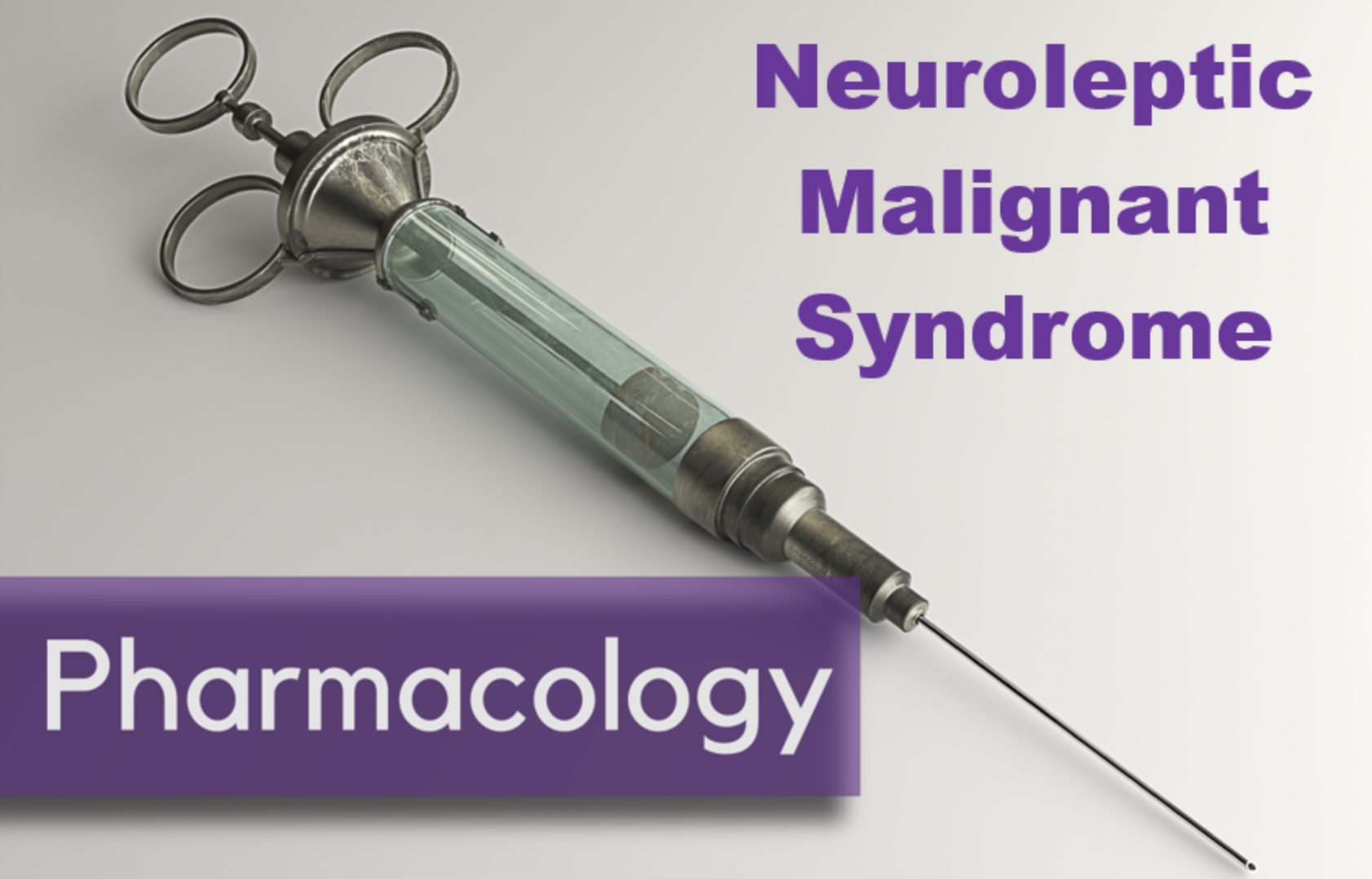Written by: Emily Goins, MD (NUEM ‘26) Edited by: Eric Power, MD (NUEM ‘24)
Expert Commentary by: Ben Weigel, MD
Glucagon-like peptide-1 (GLP-1) agonists are an increasingly common treatment for diabetes and obesity in the United States. Their use is associated with improved glucose control and weight loss, but there are several associated adverse events. In this review, we discuss common complications that we may see in patients in the Emergency Department (ED) who use these medications.
Common Medications
Semaglutide (Wegovy and Ozempic for SQ injections, Rybelsus for PO)
Liraglutide (Saxenda and Victoza for SQ injections)
Tirzepatide (Mounjaro)
Mechanism of Action
GLP-1 is an incretin hormone produced in the small intestine, and it binds the GLP-1 receptor, thus enhancing the effects of endogenous GLP-1.
Location-specific mechanisms of action:
Pancreas: acts on the pancreatic beta cells and ducts to stimulate glucose-dependent release of insulin from pancreatic islets, inhibits release of post-meal glucagon
Gastric: reduces gastric emptying, increasing feelings of satiety
Central nervous system (hypothalamus, nucleus accumbens, ventral tegmental regions, and vagus nerve): hunger control
Heart: improved ejection fraction, coronary blood flow, cardiac output, and decreased blood pressure
Leads to decreased risk of cardiovascular events, infarction size, and all-cause mortality
Indications
BMI >= 30 OR BMI >= and weight-related condition (ex. hypertension, diabetes, hyperlipidemia)
15% reduction of weight over 1-2 years
Contraindications
Prior hypersensitivity reaction to a GLP-1 agonist
Type 1 Diabetes Mellitus
Pregnancy
Personal or family history of MEN2A, MEN2B, medullary thyroid cancer (due to concern for long-term thyroid effects)
Prior pancreatitis
Inflammatory bowel disease or gastroparesis
Complications
General info:
Typically most severe within 4 weeks of initiation of therapy or with sudden escalation of therapy
Complications seem to be dose-dependent
Gastrointestinal Complications
20-70% of patients experience these complications
Most common: nausea, vomiting, diarrhea, decreased appetite, abdominal pain, dyspepsia, constipation
Pancreatitis (increased islet beta cells and exocrine duct cells leading to smaller duct size and thus risk of distal occlusion)
This is actually more of a theoretical risk and has been demonstrated in animal studies but there are conflicting results in human studies
Gastroparesis
Small bowel obstruction
Biliary disease such as increased activity of cholangiocytes, increased bile acid secretion, suppression of cholecystokinin, and decreased gallbladder emptying
Recommendations: for patients who present to the ED with minor symptoms and achieve symptom control in the ED, they can continue the GLP-1 agonist and follow-up with the prescribing physician
Dermatologic Complications
Pruritis at injection site, urticarcaria, angioedema
Hyperhidrosis
Rarely anaphylaxis or T-cell mediated delayed hypersensitivity reactions like pustular rash, vesicular eruption, and psoriasiform eruption
“Ozempic face” - aging or wrinkling of the face due to rapid loss of fat, resulting in increased size of skin folds and sagging
Recommendations: treat as an allergic reaction with epipen, benadryl, famotidine, and steroids as indicated based on severity of symptoms
Renal Complications
Pre-renal acute injury occurs mostly secondary to volume loss from nausea, vomiting, diarrhea
More likely in patients with pre-existing risk factors such as chronic kidney disease, hypertension, coronary artery disease, and patients who use angiotensin-converting enzyme inhibitors and angiotensin II receptor blockers
The reason for this is activation of the renin-angiotensin-aldosterone system is an important homeostatic mechanism in states of volume depletion, and use of inhibitors blocks this natural response
Few case reports of acute interstitial nephritis (recovered with prednisone)
Recommendations: assess volume status and replete with fluids as necessary, consider need for dialysis
Endocrine Complications
Combination with insulin/sulfonylureas may be associated with hypoglycemia (doses may need to be reduced prior to initiation of GLP-1 agonists)
May not be due to combination effect, but rather because sulfonylureas may uncouple GLP-1 from its glucose dependence
Hypoglycemia does not occur in those on metformin
Recommendations: prescribing physicians should manage dose changes, but consider consultation with endocrinology in cases of persistent hypoglycemia
Ocular complications
Increased risk of diabetic retinopathy and retinopathy complications (vitreous hemorrhage, blindness)
Recommendations: anyone with vision changes or painless vision loss should be evaluated by ophthalmology
Overdose
Case reports have been primarily accidental overdoses (in the setting of accidentally injecting an incorrect dose, such as injecting a whole pen)
Mostly develop severe nausea ,vomiting, but no abdominal pain, transaminitis, or pancreatitis
Recommendations: mainstay is supportive care, contact poison control
Other complications (usually do not lead to discontinuation)
Mild infections: nasopharyngitis, influenza, cystitis, viral infections
Headache
References
Long B, Pelletier J, Koyfman A, Bridwell R. GLP-1 agonists: a review for emergency clinicians. American Journal of Emergency Medicine. Available online 12 January 2024. https://doi.org/10.1016/j.ajem.2024.01.010
emDOCs.net. Episode 94. GLP-1 Agonist Complications.
Monami M, Marchionni N, Mannucci E. Glucagon-like peptide-1 receptor agonists in type 2 diabetes: a meta-analysis of randomized clinical trials. Eur J Endocrinol. 2009 Jun;160(6):909-17. doi: 10.1530/EJE-09-0101. Epub 2009 Mar 24. PMID: 19318378.
Wilding JPH, Batterham RL, Calanna S, Davies M, Van Gaal LF, Lingvay I, McGowan BM, Rosenstock J, Tran MTD, Wadden TA, Wharton S, Yokote K, Zeuthen N, Kushner RF; STEP 1 Study Group. Once-Weekly Semaglutide in Adults with Overweight or Obesity. N Engl J Med. 2021 Mar 18;384(11):989-1002. doi: 10.1056/NEJMoa2032183. Epub 2021 Feb 10. PMID: 33567185.
Filippatos TD, Panagiotopoulou TV, Elisaf MS. Adverse Effects of GLP-1 Receptor Agonists. Rev Diabet Stud. 2014 Fall-Winter;11(3-4):202-30. doi: 10.1900/RDS.2014.11.202. Epub 2015 Feb 10. PMID: 26177483; PMCID: PMC5397288.
Expert Commentary
The rise of GLP-1 receptor agonists like semaglutide and tirzepatide reflects a major shift in how we approach both type 2 diabetes and obesity. These medications are highly effective but come with a unique profile of adverse effects that affect multiple organ systems and present important considerations for emergency clinicians. As a medical toxicologist, I’d like to expand on several key areas from Dr. Goins’s excellent overview, particularly as they relate to toxicologic mechanisms and ED management of overdose and adverse effects.
Overdose and Toxicologic Considerations
Although severe toxicity is uncommon, accidental overdose of GLP-1 receptor agonists is increasingly reported, most often due to injector pen errors. Fortunately, these agents have a relatively wide therapeutic index. Most overdoses result in gastrointestinal symptoms, such as intractable nausea, vomiting, and anorexia. These typically resolve within 8 to 24 hours but can lead to clinically significant complications, including dehydration, acute kidney injury, and electrolyte abnormalities. There is currently no antidote. Management is supportive, with a focus on fluid resuscitation and antiemetic therapy.
GLP-1 agonists are generally considered low risk for hypoglycemia because their insulinotropic effects are glucose-dependent, tapering off as serum glucose approaches euglycemia. However, hypoglycemia has been reported in up to 9% of overdose cases, even in the absence of insulin or sulfonylurea co-administration, particularly in non-diabetic or lean individuals. As such, blood glucose should be closely monitored in all overdose patients.
When these exposures are reported to poison control, referral to a healthcare facility and a recommended observation period are based on symptom severity. Hospitalization may be required for persistent vomiting, significant hypoglycemia, or complications such as pancreatitis.
Gastroparesis and Implications for Co-ingestions
Clinicians should be aware that GLP-1 agonist–induced delayed gastric emptying has potential implications in the context of co-ingestants. This pharmacologic gastroparesis can unpredictably delay absorption of other orally administered drugs, potentially altering expected toxicokinetics. For example, in a patient with intentional overdose who is also on a GLP-1 agonist, the time to peak concentration of co-ingested agents may be prolonged, complicating risk assessment, decontamination decisions, and timing of antidotal therapies.
Counterfeit GLP-1 Agonist Products
A particularly alarming complication recently reported involves counterfeit GLP-1 agonist pens, especially fake Ozempic pens, which were found to contain insulin instead of semaglutide. These falsified products have led to cases of profound hypoglycemia, some requiring intensive care. Clinicians should be alert to this possibility when evaluating patients presenting with unexplained hypoglycemia who report GLP-1 agonist use, especially if obtained from non-pharmacy sources or online. Public health agencies have issued warnings about these counterfeit pens, underscoring the importance of verifying medication sources and educating patients on the dangers of purchasing injectables through unofficial channels.
Looking Ahead
The increasing popularity of GLP-1 agonists outside traditional diabetic populations means emergency physicians will continue to see complications from these agents. As availability expands and public interest surges, misuse, off-label use, and dosing errors are likely to rise as well. Overall, GLP-1 agonists present a novel but manageable profile of ED-relevant toxicities. A thorough medication history, a high index of suspicion for delayed gastric motility, and an understanding of the broader pharmacologic effects of these agents are essential tools for the emergency clinician. In cases of overdose or unclear presentations, consultation with your local poison center or a medical toxicologist can help guide nuanced care.
Ben Weigel, MD
Clinical Instructor
Medical Toxicology Fellow
University of Illinois College of Medicine
Department of Emergency Medicine
How To Cite This Post:
[Peer-Reviewed, Web Publication] Goins, E. Power, E. (2025, July 5). Emergency Presentations of GLP-1 Agonist Complications [NUEM Blog. Expert Commentary by Weigel, B]. Retrieved from http://www.nuemblog.com/blog/glp1-complications-goins.












